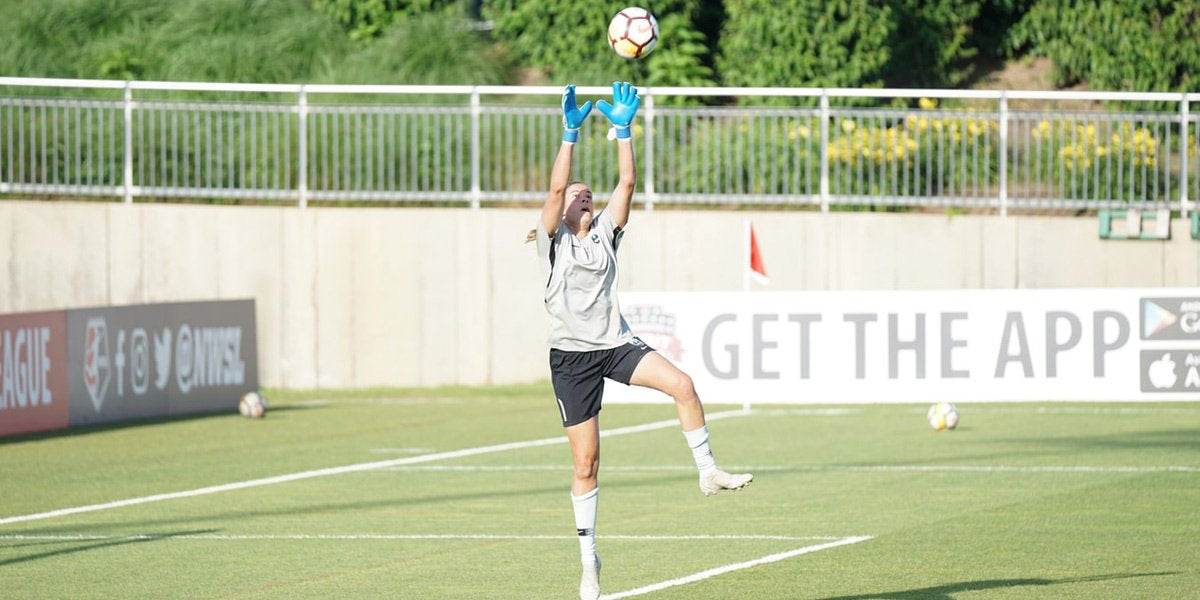Did you catch World Cup fever?
A record 11.7 million people in the UK roared on the Lionesses on the TV and they did us all proud; the USA were on another level. The loss to the States was watched by 400,000 more people than the Champions League final which is progress for women's football.
It been 21 days since the Lionesses lost the World Cup semi-final to the USA and the aftermath has been pretty phenomenal. The FA has appointed a new five-strong team of people to capitalise on the development of the women’s game, whereas over in the states they are appealing to congress for equal pay, and rightly so, as the women’s team in the USA are by far more successful than their male counterparts.
In the USA, there are more women in college soccer than men. In the UK, the Lionesses flew to France economy class, whereas the England Under 21s men's team flew via The FA's private jet where they did not qualify from the group stages of the U21 tournament. The FA quickly rectified this after the women’s team were performing so much better than the men's teams.
The respect the women’s teams have earned from this world cup is epic, now the Football Association (FA) and Women's Super League (WSL) have to capitalise on this to keep the women’s football band wagon going. I wrote a report for Henley College way back in 2000; back then women’s football was the fastest growing sport in the UK and it still is.

Women's sport to catch this summer
Women’s sport, especially women’s football, taught me respect, gave me confidence and kept me active. Even if football isn’t for you, there is a wealth of top women’s sport this summer.
- The England Netball team have just picked up a bronze medal at the World Cup.
- Wimbledon has just finished where a 15 year-old beat Venus Williams.
- The Women’s Ashes is on until July 31st – women's cricket is the highest paying female sport in the UK.
- Rugby Union Super Series – England's ladies are defending champions.
- Rugby League – the newly expanded women’s super league starts July 27th.
- A range of athletics is on throughout August.
- Women’s golf starts in Scotland September 13th.
The history of women's football
For now, let's get back to football – here are a few tips to get you started as well as a brief history of the women’s game. As you will see, women’s football isn’t a new sport.
The first recorded game was played on the 23rd of March 1895 in England when a northern team played a southern team – the north won 7-1. Fast forward to 1902 and the FA forbade member clubs playing ladies teams and discouraged the women’s game. That was until WWI when the men were sent to war and the role of women in society shifted and once again women’s football took off. The most successful team of the era was Dick Kerr Ladies from Preston. By the end of the war, the number of women’s teams had massively increased across the county and their games attracted huge crowds.

The first international game held between two women’s teams was when Dick Kerr ladies played a French team 30th April 1920 – 25,000 people watched and supported the game
On Boxing Day 1920, 53,000 people watched Dick Kerr play St Helen's at Goodison Park. By the end of 1920, women’s football was attracting a lot of attention and pulling in huge crowds, in some cases bigger than the lower league men’s teams – something the then FA found intolerable. In 1921, the FA banned women’s teams from playing on football league grounds. They even released this statement:
"Complaints have been made as to football being played by women, the council feel compelled to express their strong opinion that the game is quite unsuitable for women and ought to be discouraged."
It wasn't until the men's team won the world cup in 1966 that women's football started back up and in 1969 the women’s FA was formed. In 1971, the FA lifted the ban so women could play on league grounds and in 1983 the FA formed an affiliation with the World Federation of Advertisers (WFA) and by 1989 media coverage began. After the success of the men’s 1990 FIFA World Cup, the game changed from being physical to skilful and a lot more elegant. The women’s game combined skill, finesse and dynamism with power and in the same year the FA Coaching and development of the women’s game took off.
The first official women’s World Cup took place in 1991 and unlike the men, the women’s world cup winners actually get to take the trophy home with them. This year's winners' prize fund for the women is £24 million, whereas the men’s is £315 million.
About the author: Kaya Zeen is a personal trainer and Sundried ambassador.








1 comment
Stephen Graham Salt
I think in today’s society everyone is equal in today’s society.